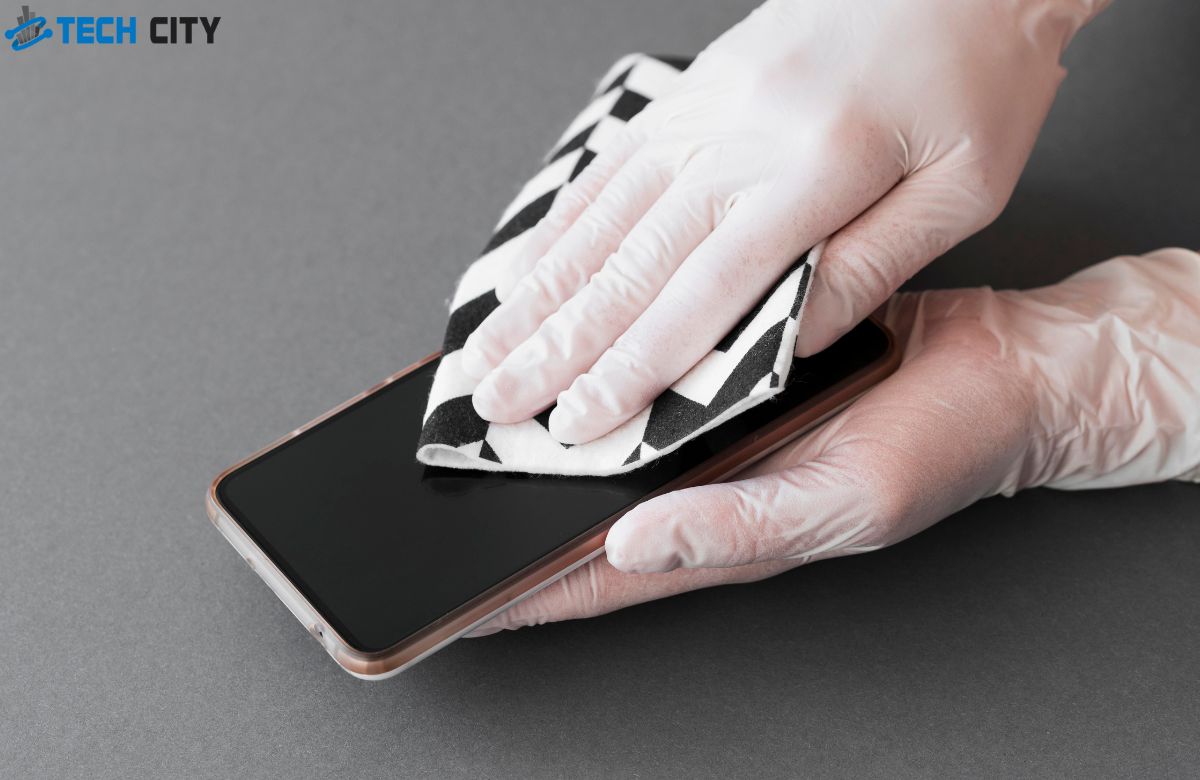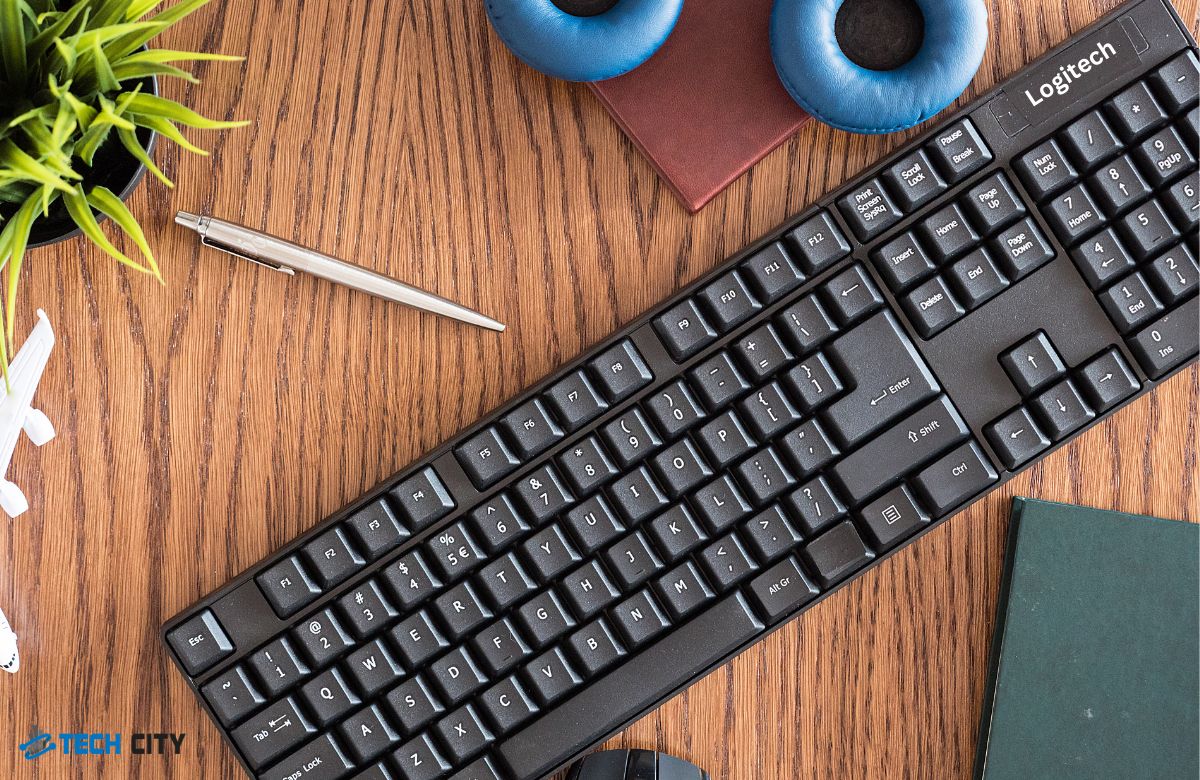Selling a Samsung phone can be a great way to make extra cash or upgrade to a newer model. However, before handing it over, you must ensure that all your data is erased permanently to protect your privacy and prevent unauthorized access to sensitive information. There are certain steps to delete data from Samsung phones permanently before selling.
Before selling your Samsung phone, ensure you back up important data using Samsung Cloud, Google Drive, or transferring files to a computer. Sign out of all accounts, encrypt your data for added security, and perform a factory reset to erase user data. Use Samsung’s Find My Mobile to remotely wipe your data from your phone, and remember to remove your SD and SIM cards. Finally, verify deleted data by checking storage or utilizing a recovery tool.
Delete Data from Samsung Phone Permanently Before Selling: A Step-by-Step Guide
Ensuring your data is permanently deleted when selling your Samsung phone is crucial for protecting your privacy. This step-by-step guide will help you securely erase your information, prevent unauthorized access, and safeguard your sensitive data before passing on the device.
Step 1: Back Up Important Data
Before deleting data, back up any essential information you want to keep. Once data is deleted, it’s nearly impossible to retrieve it.
Here’s how to back up data from a Samsung phone:
Samsung Cloud
Samsung offers 15GB of free cloud storage to back up contacts, calendars, notes, and more.
- Go to Settings > Accounts and Backup > Samsung Cloud.
- Select Backup data and choose what you want to back up.
Google Drive
Google Drive is a great option for general file storage.
- Open the Google Drive app or go to drive.google.com.
- Upload files and folders you want to save by selecting + Add.
External Storage or Computer
- You can also use an external device or a computer.
- Connect your Samsung phone to a computer via USB.
- Transfer important files manually to your PC or external storage device.
Step 2: Sign Out of All Accounts
Sign out of all accounts to ensure they aren’t linked to the device. Here are some troubleshooting steps:
Samsung Account
- Go to Settings > Accounts and Backup > Accounts.
- Select your Samsung account and tap Remove Account.
Google Account
- Go to Settings > Accounts and Backup > Accounts.
- Select your Google account and tap Remove Account.
Step 3: Encrypt Your Data
Encryption adds an extra layer of security, making your data much harder to recover. When you reset the device later, encrypted data becomes unreadable. Most modern Samsung phones are encrypted by default, but you can check or manually enable it:
Check Encryption Status
- Go to Settings > Biometrics and Security > Encrypt Phone.
- If it says “Encrypted,” your device is already protected. If not, follow the prompts to encrypt your phone.
Step 4: Perform a Factory Reset
Another step to deleting data from Samsung phones is to perform a factory reset. This will erase most data on your device but sometimes makes it irretrievable. Here’s how to perform a factory reset:
- Go to Settings > General Management > Reset.
- Tap Factory Data Reset.
- Confirm and follow the prompts to wipe android phone’s data.
- This reset should erase all user data on your Samsung phone, including settings, apps, and files.
Step 5: Use “Find My Mobile” to Wipe Data Remotely
For added security, you can use Samsung’s Find My Mobile feature to erase data remotely. This is especially useful if you’ve already performed a factory reset but want a secondary wiping layer.
- Sign in to your Samsung account on findmymobile.samsung.com.
- Select your device, then click on Erase Data.
- Confirm the erase command.
- This process overwrites your phone’s memory, making data recovery nearly impossible.
Step 6: Remove the SD Card and SIM Card
Don’t forget to remove your SD and SIM cards before selling your phone. Here’s why and how:
SIM Card
- Your SIM card contains contact data, messaging details, and carrier information.
- Remove it by opening the SIM tray with a SIM eject tool or paperclip.
SD Card
- If you’ve stored photos, videos, or files on your SD card, remove it to prevent accidental sharing.
- Go to Settings > Storage > SD Card > Unmount, then remove the card.
Step 7: Testing if Data Has Been Fully Deleted
After completing the above steps, phone repair experts like Tech City recommend confirming your data is unrecoverable. Here’s how:
- Check Storage Space: Go to Settings > Device Care > Storage to see if any files remain.
- Use a Recovery Tool: Install a data recovery app on a computer and connect your phone to scan for any recoverable files. If nothing is detected, your data has been erased permanently.
How Do You Wipe My Samsung Phone?
To wipe your Samsung phone, follow these steps:
- Back-Up Data: Use Samsung Cloud or Google Drive to save important files.
- Sign Out: Remove accounts by going to Settings > Accounts and Backup.
- Encrypt Data: Check settings under Biometrics and Security to encrypt.
- Factory Reset: Navigate to Settings > General Management > Reset > Factory Data Reset.
- Remove Cards: Eject SD and SIM cards for added security.
- Use Find My Mobile: Remotely wipe data if needed.
Why Should You Delete Data from Your Samsung Phone Before Selling It?
Here are key reasons to delete data from your Samsung phone before selling it:
- Protect Personal Information: Prevent identity theft by ensuring that no personal data remains accessible.
- Privacy Security: Safeguard sensitive information like contacts, messages, and banking details.
- Stop Unauthorized Access: Eliminate the risk of others retrieving files after sale.
- Reset Device Value: A clean slate makes the device more appealing to potential buyers.
- Avoid Liability: Prevent liability issues related to data breaches post-sale.
What Specific Data Should You Focus on Erasing?
When preparing to sell your Samsung phone, focus on erasing the following specific data:
- Contacts: Personal information, phone numbers, and email addresses.
- Messages: SMS, MMS, and chat histories from messaging apps.
- Photos and Videos: Personal images and recorded videos are stored on the device.
- Banking and Financial Apps: Sensitive information from banking and finance applications.
- Installed Apps: Any user-specific data within installed apps.
- Notes and Calendars: Important personal notes and calendar events.
Conclusion
Before selling your Samsung mobile phone, back up your important files by storing them on Samsung Cloud or Google Drive or by moving files to a computer. Before doing this, sign out of your accounts, encrypt the data, and factory reset it so user data cannot be retrieved. If you’ve enabled Samsung Find My Mobile, use the service remotely to delete the data; remember to pull out SD and SIM cards from your device. The final touches would be a verification test where you can check through storage and use the recovery software to confirm that data is fully erased.




